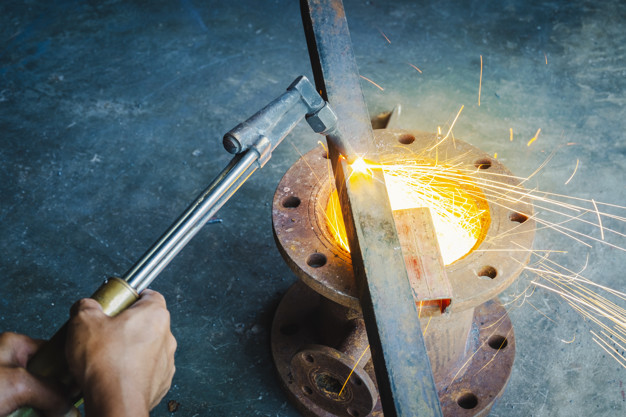Sheet metal fabrication is done with precision to come up with fine sheets of metal that can be put to different uses. Welding is the most common technique used to fabricate sheet metal. However, there is no one particular welding technique that is employed for this purpose. Sheet metal manufacturers use different types of welding methods for sheet metal fabrication. The method chosen differs as per the metal being fabricated and the desired end product.
Steel fabrication Sydney encompasses a range of processes involving the shaping, cutting, and assembling of steel materials for various applications, catering to construction, manufacturing, and infrastructure projects across the region.
Here is a look at the different types of welding methods used in sheet metal fabrication:
Gas Metal Arc Welding (GMAW)
Gas Metal Arc welding is a common welding procedure used for sheet metal fabrication and various other industrial welding processes. It makes use of shielding gas such as Argon or a mix of Carbon Dioxide and Argon and a consumable wire electrode. By applying direct current or constant voltage, the wire electrode is heated to facilitate metal fabrication. The shielding gas is sprayed over the welding puddle. This bars the possibility of contamination. Four methods of metal transfer are used in this process. These include spray, globular, pulsed-spray and short-circuiting. None is recommended for places experiencing high air volatility.
This type of welding is also known by the name, Metal Inert Gas (MIG).
Gas Tungsten Arc Gas Welding (GTAW)
Gas Tungsten Arc Gas Welding (GTAW) makes use of tungsten electrode for generating the weld. Argon or Helium gases are usually used in the process to guard the weld area from contamination. The process is quite complicated and takes a good amount of time. It is mostly used for the fabrication of sheets made of stainless steel or non-ferrous metals.
The method is also referred to as Tungsten Inert Gas or TIG.
Shielded Metal Arc Welding (SMAW)
Shield Metal Arc Welding, commonly referred to as SMAW, involves manual process of stick welding. This is one of the oldest welding methods used by sheet metal manufacturers .To begin with, a stick is placed in an electrode holder coated in a protectant flux. In the process, an electric arc is formed between the metal and the stick by inducing alternating or direct electric current. As a result, the electrode as well as the metal melts slowly. This works best for sturdy metals such as iron and steel.
The method is also referred to as stick welding.
Submerged Arc Welding (SAW)
This type of welding makes use of a characteristic blanket of granular flux and a consumable electrode. The method is usually operated mechanically. The blanket includes various compounds such as lime, fluoride and manganese oxide. It submerges completely in the welding area so as to provide it all round protection. The electrode, in the process, is fed automatically.
Flux Cored Arc Welding (FCAW)
This type of welding process makes use of tubular wire filled with flux. This flux efficiently fabricates sheet metal and also guards the welding puddle from contamination. However, in certain cases a shielding gas is used additionally to ensure complete protection from contamination. FCAW offers high welding speed and is also known for portability. It is often used as an alternative to shield welding. However, the process is akin to MIG welding technique.
Flux cored arc welding method works best for construction industry.
Sangeeta Industry is one of the best sheet metal fabricators in Faridabad. It has a team of skilled professionals who have expertise in different types of welding machines used for sheet metal fabrication. They know exactly which type of welding process is suited for which metal sheet. They also consider various other factors before choosing the welding procedure.

